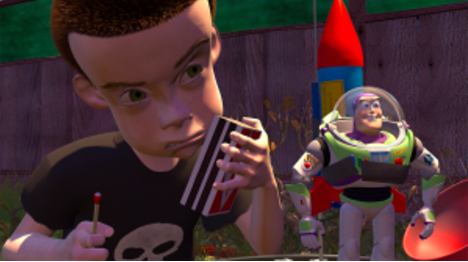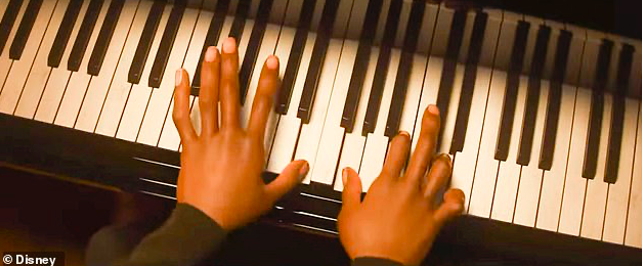It would be safe to say that, if you have survived this far, you probably would have seen one of the twenty-three Pixar feature films in your life. I’m sure I’m not the only one who still gets excited from a new trailer from the famous animation studio. So, what’s their story?
Initially, Pixar started as Lucasfilm’s Computer Division, a couple of professionals tasked with developing computer graphics software for the film industry, starting in 1979. It was only in 1986 that Steve Jobs bought the start-up and named it Pixar, a butchered faux-Spanish term meaning “to make pictures”. Aptly, they did just that – and soon, their first animated short had come out for general viewing. This was ‘Luxo Jr’, the first 3D film to win an Oscar and the precursor to the wonderfully endearing lamp that went on to become the Pixar logo.
Fast-forward to 1995, when ‘Toy Story’ becomes the first animated feature-length film to hit the cinemas. Sure, looking back at the graphics now, they don’t compare to where the studio has come to today. However, for the time, they were revolutionary. Not only that, but also incredibly impressive; the whole process of creating an animated film is extremely laborious, as well as time-consuming, requiring multiple stages and departments. At the time there were twenty-seven animators working with four hundred computer models. This was the grand beginning of Pixar studios.

Over their next projects, including ‘Cars’, ‘Up’, ‘Inside Out’, ‘Coco’ and ‘The Incredibles’, the company expanded, grew and developed in all the senses of the word. With every film, they gained valuable software, as well as having found new ways to enhance the viewing experience and to animate details that adds better textures, colours or expressions to the characters we have learned to love. For example, with ‘Brave’, they developed a whole simulator to help them sculpt Merida’s hair (because when you’re at Pixar, the way to solve problems is just to create another program), as her coils would be far too complex to handle using their previous simulator. To create it, Claudia Chung, the simulation supervisor, had to resort back to her physics qualifications, applying the equation F=ma to some 1500 springs used to model Merida’s individual strands. In addition, they had to set up a gravitational force closer to that on the moon in order to allow her hair to sit naturally, rather than float off or unravel in the simulator due to its sheer weight. A challenge indeed, however as a result, Pixar is now able to animate characters even more accurately.
To see how far the studio has come we need only analyse their latest film, the heart-warming ‘Soul’, released earlier this year. It’s possible to spend hours discussing the intricate storytelling, the representation and even the symbolism of the name (soul – the music, mixed with the eternal soul). However, just focusing on the animation, we can see this really is Pixar’s best achievement yet. Perhaps the most notable detail that the animators have achieved can be seen in Joe Gardner’s hands, as he plays the piano.

The newest addition to their arsenal; tendons. A trivial element, you may think, but this minor feature required two hundred and ninety-two controls in each hand. The controls are what helps the character move and what animators put in sequences to create motion. Hence, when you put it into perspective, the smooth, real-looking movement of his hands is truly astonishing.
Not only that, but as we found out earlier, Pixar would not be Pixar without developing yet another program for a feature film, and ‘Soul’ is no exception. The pace of the piano required the IT department to create a simulator, allowing the animators to import a music sequence onto a piano model, which then lit up and pressed the keys to match the music. Therefore, Joe’s hands could then be easily animated as an overlay, to fit the tempo. All of this now enhances Pixar’s bank of useful tools and allows them to save time in their future projects.
Now, it is worth noting that even though the animation studio is reaching incredible levels of realism with every new film, their goal is never to make photorealistic worlds or characters, unlike video games, for example. The universe of Pixar will always remain whimsical and otherworldly, and their visuals a mere imitation of our reality. Otherwise, where would lie that that magic we so crave from Pixar movies?
